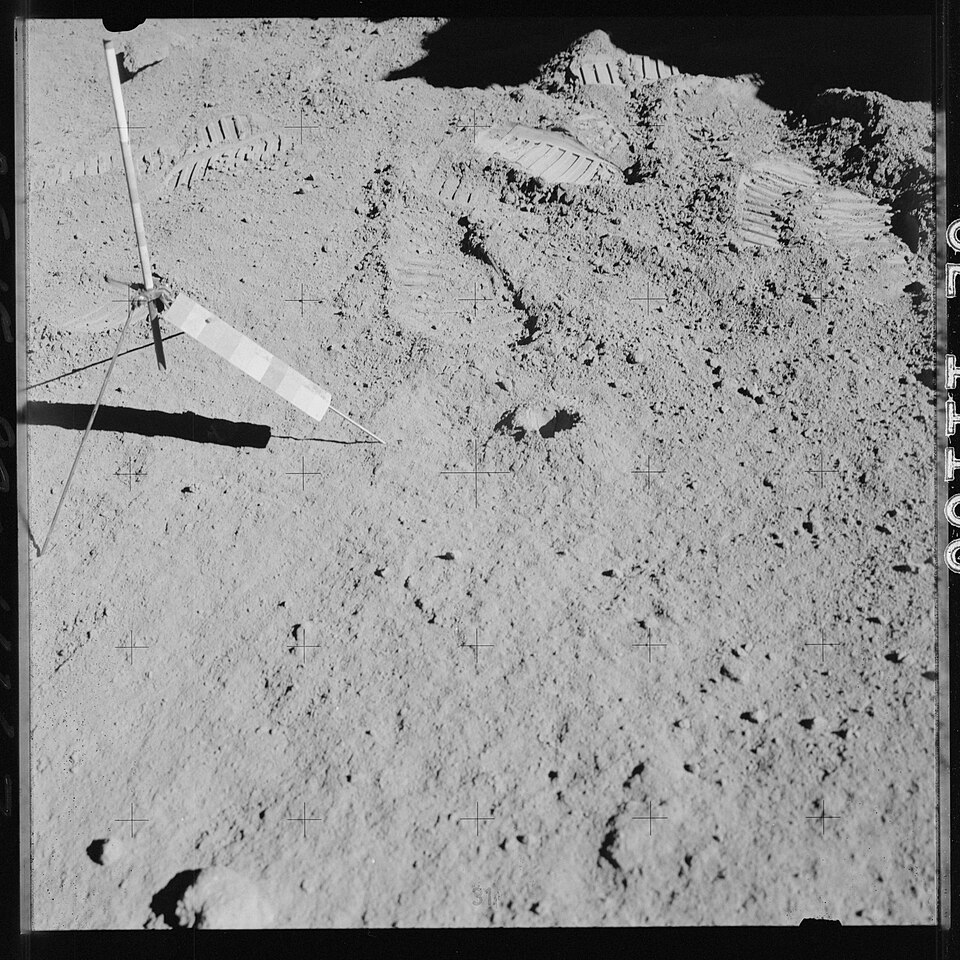Innovative Technology Promises Sustainable Lunar Living Through Soil Utilization

Research from the Chinese University of Hong Kong has unveiled a groundbreaking technology capable of extracting water from lunar soil, potentially supporting human life on the Moon. This development, detailed in a study published in the journal Joule on July 20, 2025, highlights the dual capability of converting water into oxygen and chemical fuel through the utilization of solar energy.
The study, led by Dr. Lu Wang, emphasizes the significance of this technology in addressing the logistical challenges of deep space exploration. Currently, transporting water to the Moon is prohibitively expensive, with costs reaching approximately $83,000 (about €71,230) per gallon. This figure is particularly concerning given that astronauts may require around four gallons (15.14 liters) of water daily.
Dr. Wang expressed astonishment at the potential of lunar soil, stating, "We never fully imagined the ‘magic’ that the lunar soil possessed." The implications of this research could revolutionize long-term lunar missions by lessening the dependency on Earth for essential resources.
Despite its promise, the study cautions that existing methods for extracting water from lunar soil are energy-intensive and do not adequately address the carbon dioxide emissions produced during these processes. Furthermore, the Moon's harsh environment presents formidable challenges, including drastic temperature fluctuations, high radiation exposure, and low gravity, which complicate the extraction of oxygen and water.
The research underscores that the carbon dioxide exhaled by astronauts will not suffice to meet the demands for water, fuel, and oxygen needed for extended stays on the Moon. Thus, while the potential for using lunar soil to sustain life is significant, substantial technological advancements are still necessary to ensure the feasibility of human habitation on the Moon.
As space agencies and private companies ramp up their lunar exploration efforts, this innovative approach could serve as a critical component in the development of sustainable habitats beyond Earth. The findings from the Chinese University of Hong Kong may pave the way for new methods to utilize extraterrestrial resources, transforming how humanity approaches space exploration.
In summary, while the research heralds exciting possibilities for lunar living, it also points to the need for further studies to refine these technologies and overcome the challenges posed by the Moon’s environment. Only then can we truly envision a future where humans can thrive on the lunar surface.
Advertisement
Tags
Advertisement





